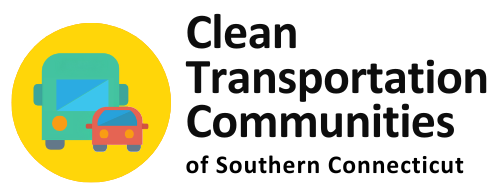
The U.S. Department of Transportation’s Federal Highway Administration (FHWA) announced 55 routes that will serve as the basis for a national network of “alternative fuel” corridors spanning 35 states. Though the network is nearly 85,000 miles long, more miles will be added in the future to accommodate electric, hydrogen, propane and natural gas vehicles as additional fueling and charging stations are built.
“Alternative fuels and electric vehicles will play an integral part in the future of America’s transportation system,” said U.S. Transportation Secretary Anthony Foxx. “We have a duty to help drivers identify routes that will help them refuel and recharge those vehicles and designating these corridors on our highways is a first step.”
The corridor program will allow blue signs to be put up to show drivers where to find alternative fuel sources around Greater New Haven and across Connecticut.
Electric vehicle and compressed natural gas corridors already exist along Interstate 95 across the entire length of Connecticut and Interstate 91 from New Haven to the Massachusetts border.
Electric vehicle corridors also exist along the entire lengths of Interstates 84 and 395. A corridor for liquefied petroleum gas goes along the entire length of Interstate 84.
The agency also said signs for liquefied natural gas and hydrogen could go up along I-84, I-91, I-95, and I-395 as more stations are built. And signs for liquefied petroleum gas can go along I-91, I-95, and I-395.
